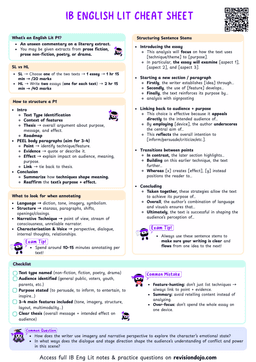Salience and Balance Controls Focus in Texts
- When you read or watch something, you’re not just absorbing words or images at random. You’re being guided.
- Some things instantly grab your attention: a loud image, a repeated phrase, a bold idea. That’s salience.
- But good writing doesn’t just shout at you. It also knows when to pull back.
- That’s balance, it helps the standout moments feel powerful without making the whole text feel chaotic.
- Salience = What stands out
Balance = How it fits in
Salience
Salience
The deliberate emphasis of certain elements within a text, making them stand out to the reader.
- Salience is just a fancy word for what grabs your attention.
- Writers do this on purpose.
- They want you to focus on key ideas, emotions, or symbols, so they highlight them using specific techniques.
- Common ways writers create salience:
- Contrast: Light vs. dark, rich vs. poor, calm vs. chaos.
- Repetition: A phrase repeated over and over.
- Unusual formatting: CAPITALS, italics, bold text.
- Powerful diction: Words that carry strong emotion or connotation.
- Imagery: Vivid or unusual mental pictures that pop off the page.
- In 1984 by George Orwell, the slogan “BIG BROTHER IS WATCHING YOU” is repeated across posters and screens.
- The capital letters and repetition make it feel loud, inescapable, and menacing it’s meant to dominate your attention and set the tone of fear.
Balance
Balance
The way that emphasis interacts with surrounding content to create a sense of harmony or cohesion.
- In other words, once a writer emphasizes something, they still need to make sure it fits with everything else.
- Too much salience without balance feels overwhelming.
- Balance smooths the audience's experience and makes the whole text feel thoughtful, not just dramatic.
- How writers create balance:
- Tone shifts: A serious moment followed by something lighter.


